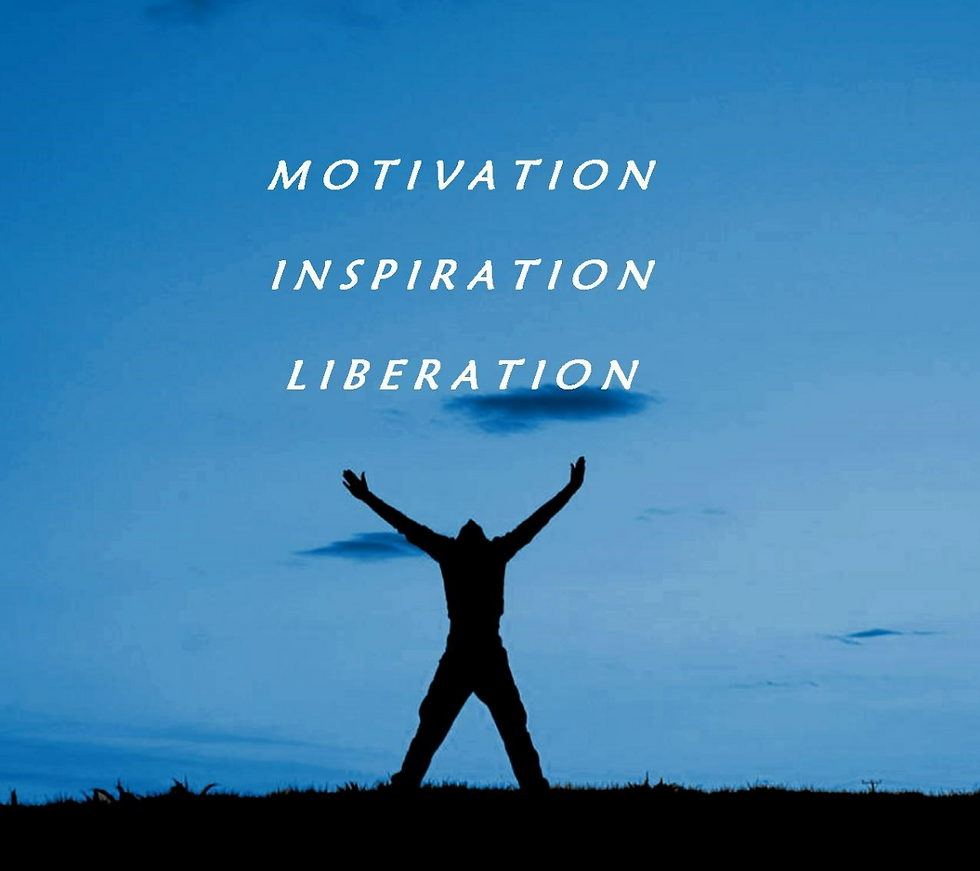The Underground Stream
- Krishnanand

- Dec 19, 2024
- 4 min read

____________15.
THE UNDERGROUND STREAM
As above, so below, as within, so without, as the universe, so the soul.
―Hermes Trismegistus
To feel inspired/To fathom the power/To witness the beauty
To bathe in the fountain/To swing on the spiral
—Tool (“Lateralus”)
Religious Rabbit Holes
When I was five, my tarot-reading, neighborhood-psychic mother took our little clan to various local churches so we could get a taste of religion. She was open-minded and allowed me and my two older siblings to make up our own minds if we liked it or not. I decided I liked the storefront Sunday Christian gathering in our little downtown of Prescott, Arizona. The stories about Jesus were pretty colorful, and at the end of the kid-friendly sermon, Kool-Aid and cookie communion was given. I was five: anybody who was giving away sugary punch and treats before lunch to a poor kid was my BFF.
My mom read tarot for extra dough and was a New-Ager before it was a household buzzword. In typical monkey-see, monkey-do fashion, I started looking deep into her five-inch-diameter crystal ball and talking about what I saw in it. Soon, some of her tarot clients were coming to see me. I don’t know what Mom charged them for my scrying services, but I liked the attention, and the treats some of the ladies would give me were slightly better than the punch and cookies I got at the storefront church.
We lived on a country highway because we were poor: five of us in a three-bedroom house that was next to a cemetery with gravestones from the 1800s in our western town. Being haunted by ghosts was normal to me. Many small items around the house would vanish and reappear and images on walls and shadowy presences were just a part of my Saturday-morning cartoon time.
The hip 1970s Andrew Lloyd Weber opera Jesus Christ Superstar had just come out, and it was part of the regular music rotation in our house. I liked Jim Croce and Simon & Garfunkel too, but the Superstar album was more passionate and powerful to me.
When I first grasped the tragedy of the story, I had my first religious experience.
The news program 60 Minutes was new too, and we watched it religiously on Sunday nights, so I was growing up with Safer and Wallace exposing crooked politicians and businessmen in a straight and direct manner. Much of what I gleaned from the news in the world was we are a race of charlatans, and at the core of most of the violence, hatred, and intolerance was religion. Weekly stories of sex scandals and war in the Middle East always had some religious rationalization.
By the time I was a preteen, I had concluded that religions were made up of opportunistic frauds and hypocrites. They all preached of love and heaven and then used it to justify hatred and intolerance toward anyone and everyone who didn’t agree with their own set of dogmas. I didn’t accept religion or spirituality whatsoever and saw it as an anathema to humanity, a bullshit way of yielding power and leverage by justifying whatever selfish, abhorrent hell someone wanted to promote by evoking God to justify it.
I began studying mysteries as a boy: I was fascinated with ghost stories and the supernatural and infatuated with Halloween stuff. Able to read by the age of four, I read two to three books at a time and still do. I wanted to get to the root, the core, the truth of this most influential and misunderstood source of controversy: God. By the time I was fourteen, I was a religious scholar.
My original intention in my youth to become a religious scholar was passive-aggressive. I studied it because I wanted to be able to debate religious hypocrites and beat them, publicly, at their own game. I would often bait local priests and pastors in theological discussion just to humiliate them and expose their ignorance. I was a hypocrite too: I pridefully enjoyed being a young[ss1] [NS2] boy humiliating adults in debate.
Intuitively, I knew not to use conventional resources. I read the Bible and others, but I studied different religions on my own with volumes of library books from all different perspectives. I studied history—real history—of the origins and evolutions of religions and spiritual philosophies. I studied their beliefs and practices to fathom their dogmas. These rabbit holes led me to an underground stream.
The Underground Stream is a term used within the esoteric and occult cultures and societies.
It is a euphemism for the Akashic Records. Akash means space in Sanskrit, and this celestial space refers to the dimension where Knowledge and Truth are stored. Most of the knowledge within the Akash is available here in the realm of the physical world too.
But did you know?
· That the Torah (Old Testament Bible) is an encoded formula for spiritual consciousness? Many Underground Stream sailors accept that the long list of names in the Torah (so-and-so begat so-and-so . . .) is not a genealogical list of the Jewish race but a mystical formula of instructions to attain spiritual power and consciousness.
· That the Kabbalah’s Tree of Life, with its pictorial correspondence of the Tarot deck, alchemy’s seven stages of The Philosopher’s Stone,[1] Kundalini Yoga and Ashtanga Yoga’s [WP3] eight branches, which are identical to the Buddha’s Eightfold Path, are all teaching the same thing in different terms.
· That Kriya Yog(a), the path popularized and brought to America in the ’40s and ’50s by Paramahansa Yogananda’s Self-Realization Fellowship (SRF), is a path of Kundalini yog(a) blended with bhakti yog(a).
The true origins of religions and spiritual paths are available if you know where and how to look for them.
This chapter continues Within the Portal and explains true origins of organized religion and mystical modalities such as Tarot and Kabbalah’s Tree of Life. Who were the Templars and what did they find that gave them papal immunity? Jesus’ missing years and Moses’ true identity is all in there. BUY THE BOOK! A Lifetime of entertaining knowledge to life’s greatest mysteries. Here’s a link to the audio of this chapter. It dives deep into the Underground Stream.




Comments